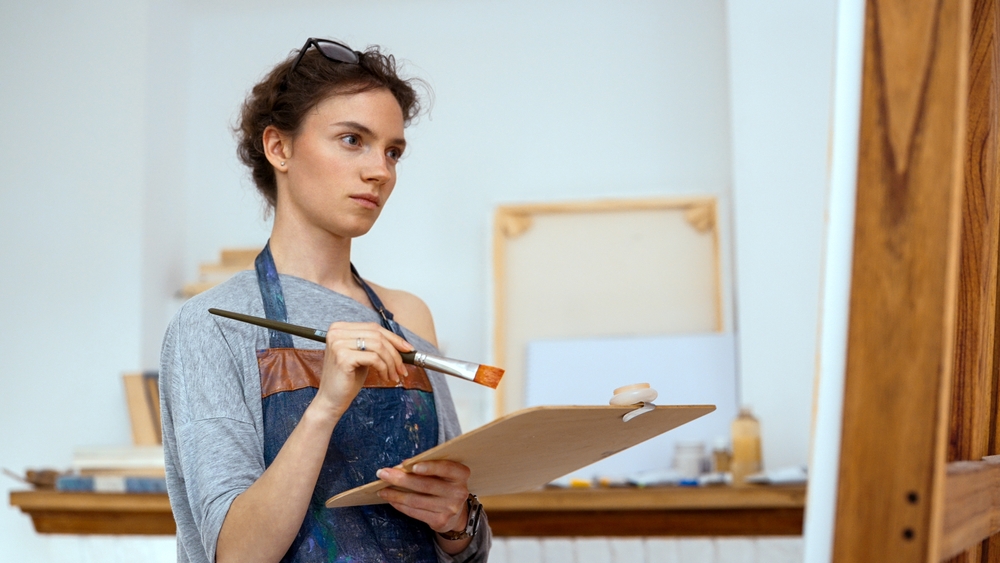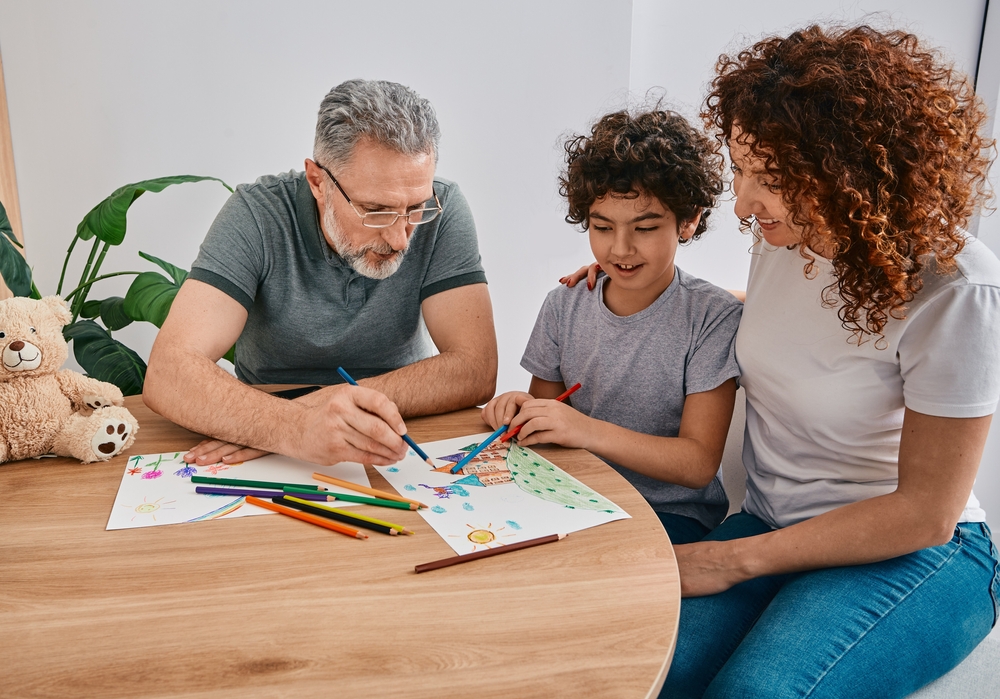Last Updated:
September 10th, 2025
Art Therapy | Addiction Treatment Therapies
What is art therapy?
Art therapy is a form of psychotherapy that uses creative expression as a way for individuals to explore emotions and support their mental health. It’s guided by a trained art therapist, who helps interpret the creative work in the context of the person’s thoughts and feelings.
Rather than focusing on artistic skill, the emphasis is on self-expression and emotional discovery through the creative process.
The main components of art therapy include:
- Getting hands-on with paints, pencils, clay or collages to express what’s going on inside, especially when it’s hard to put into words
- Talking through what you’ve created with a therapist, who helps you explore the feelings or memories that might be showing up
- Letting shapes, colours and images speak for you when words feel too heavy or confusing
- Having a calm and non-judgemental space where you can create freely and feel supported throughout the process
- Looking back on what you’ve made over time to spot patterns, celebrate progress and gently set goals for healing and growth

Why is art therapy used in addiction recovery?
At first glance, it might be hard to see how painting or sketching could help someone recover from addiction. After all, recovery is often associated with medical care, not a canvas and a box of pastels. But when you look a little deeper, the connection starts to make more sense.
Addiction is indeed a physical struggle but it’s also an emotional and psychological struggle and that’s where art therapy comes in. It gives people another way to explore what they’re feeling and why they may have turned to substances in the first place.
Here, we explore some ways it can be beneficial:
Struggling with an addiction? If you are ready to seek help, reach out to us today, and a member of our compassionate team will help you find the best option for starting your recovery journey.
How art therapy can help specific addictions
In the last section, we looked at why art therapy can be a helpful tool in addiction recovery as a whole. But when you’re dealing with a specific addiction, it can be hard to relate to general benefits. What helps someone with alcohol addiction might not feel relevant if you’re struggling with prescription drugs, for example. That’s why, in this section, we’re breaking it down.
Below, you’ll find how art therapy can support recovery from different types of addiction
|
Type of addiction |
Why art therapy helps |
| Alcohol addiction | Alcohol often becomes a way to quiet overwhelming feelings and that silence can carry over into recovery. Art therapy gently opens a space where those emotions can come out without pressure. It helps people explore what they’ve been holding inside, especially when saying it out loud feels like too much. |
| Cocaine and stimulant addiction | Stimulants can create a cycle of extreme highs and emotional crashes, leaving people feeling unsteady. Art therapy offers something solid: a place to pour all that built-up energy and emotional confusion into a canvas or sculpture. It can also help unpick the deeper reasons behind that constant drive to feel ‘on’ or escape a low mood. |
| Prescription drug addiction (e.g., Diazepam, Oxycodone) | These addictions are often tied to issues like anxiety or trauma, making it hard to about them head-on. Art therapy offers a softer way in and helps people express what they’re going through without needing to explain it all in words. This can feel especially helpful for those dealing with shame or long-term emotional stress. |
| Cannabis addiction | Cannabis is often used to cope with boredom and anxiety. Art therapy helps people feel again, perhaps emotions like joy, interest, even frustration are ‘restored’. That reconnection with emotion and identity can be a turning point, especially for those who feel like they’ve lost track of who they are or what they enjoy. |
How does art therapy help with relapse prevention?
Art therapy can be a powerful tool in relapse prevention, especially once formal treatment ends and everyday stress starts creeping back in. It gives people a practical outlet to manage emotions or cravings that may have been their trigger for relapse. Instead of bottling things up or reaching for old habits, they can turn to creative expression to process what they’re feeling.
Picture someone facing a difficult day: maybe an argument at home or a wave of anxiety they can’t quite explain. Sitting down to draw or paint gives them space to pause, reflect and release the tension in a way that feels safe. Over time, art shifts from a simple hobby to a reliable coping tool that supports long-term recovery and emotional balance.

How can I find an addiction recovery programme that offers art therapy?
If art therapy feels like something that could really help, it’s worth finding a recovery programme that includes it as part of a wider, more holistic approach. But in a sea of treatment options, knowing where to start isn’t always easy.
That’s where Addiction Helper comes in. We take the time to understand what you’re going through and what kind of support you’re looking for, then guide you toward rehab centres that offer art therapy alongside other proven treatments. It’s free, it’s confidential, and it’s here whenever you’re ready.
Our compassionate team are ready and available to take your call, and guide you towards lasting the lasting addiction recovery you deserve.

